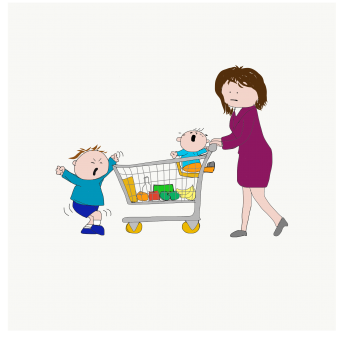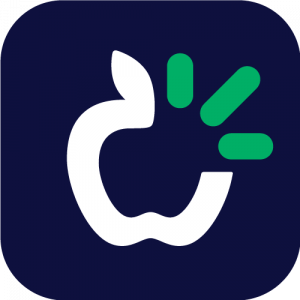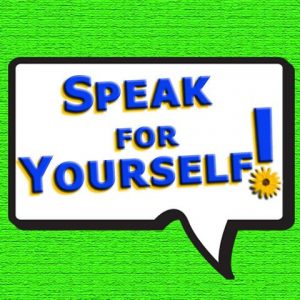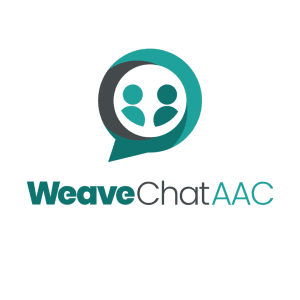The Disorganized Child
"He leaves everything to the last minute!" "Then he forgets what he is supposed to be doing." "How can he possibly complete the project in the time that he has allocated to it?" "He...
Cracking the Code: A Comprehensive Reading Program
In order to become competent readers, students must learn to ‘crack the code’ of written language. An understanding of the individual speech sounds of language helps children to understand the relationship between spoken and written language.
Factory of Categories: App Review
The ability to group objects according to their common characteristics is a basic concept that helps children build a basis for organizing not only their semantic knowledge (meaning of words) but...
5 Reasons you should take your child shopping with you
Children love shopping with you. What's not to love? 😉 😥 The supermarket is geared for kids with moms. Aisles of toys that they can grab and hold onto, a snaking checkout...
My 5 favorite words in English – or any language
My 5 favorite words are Go Stop Red/Yellow/black Car Music I like/don't like You might think that this is a...
Auditory Memory Ride: App Review
Auditory Memory refers to the ability to retain and recall what was heard. Auditory Memory difficulties affect a child's ability to cope in a classroom. Further information can be found here ...
`Proloquo2Go
TouchChat with WordPower
Snap+Core First
Grid for iPad
SpeakforYourself[
WeaveChat
AAC is short for Augmentative and Alternative Communication
Source: AssistiveWare
Communication devices, systems, strategies and tools that replace or support spoken language are known as augmentative and alternative communication (AAC). These tools support a person who has difficulties communicating using speech.
The first “A” in AAC stands for Augmentative Communication. When you augment something, you add to it or supplement. Augmentative communication is when you add something to your speech (eg. sign language, pictures, a letter board). This can make your message clearer to your listener.
The second “A” in AAC stands for Alternative Communication. This is when you are not able to speak. It is also when your speech is not understood by others. In this case, you need a different way to communicate.
Basically, AAC can be tools, systems, devices or strategies. These tools help a person communicate, when they cannot rely on speech. Perhaps your child has not started talking. Perhaps you have lost your ability to speak. Perhaps your speech comes and goes. Maybe speaking is harder than other ways to communicate. AAC can help.













